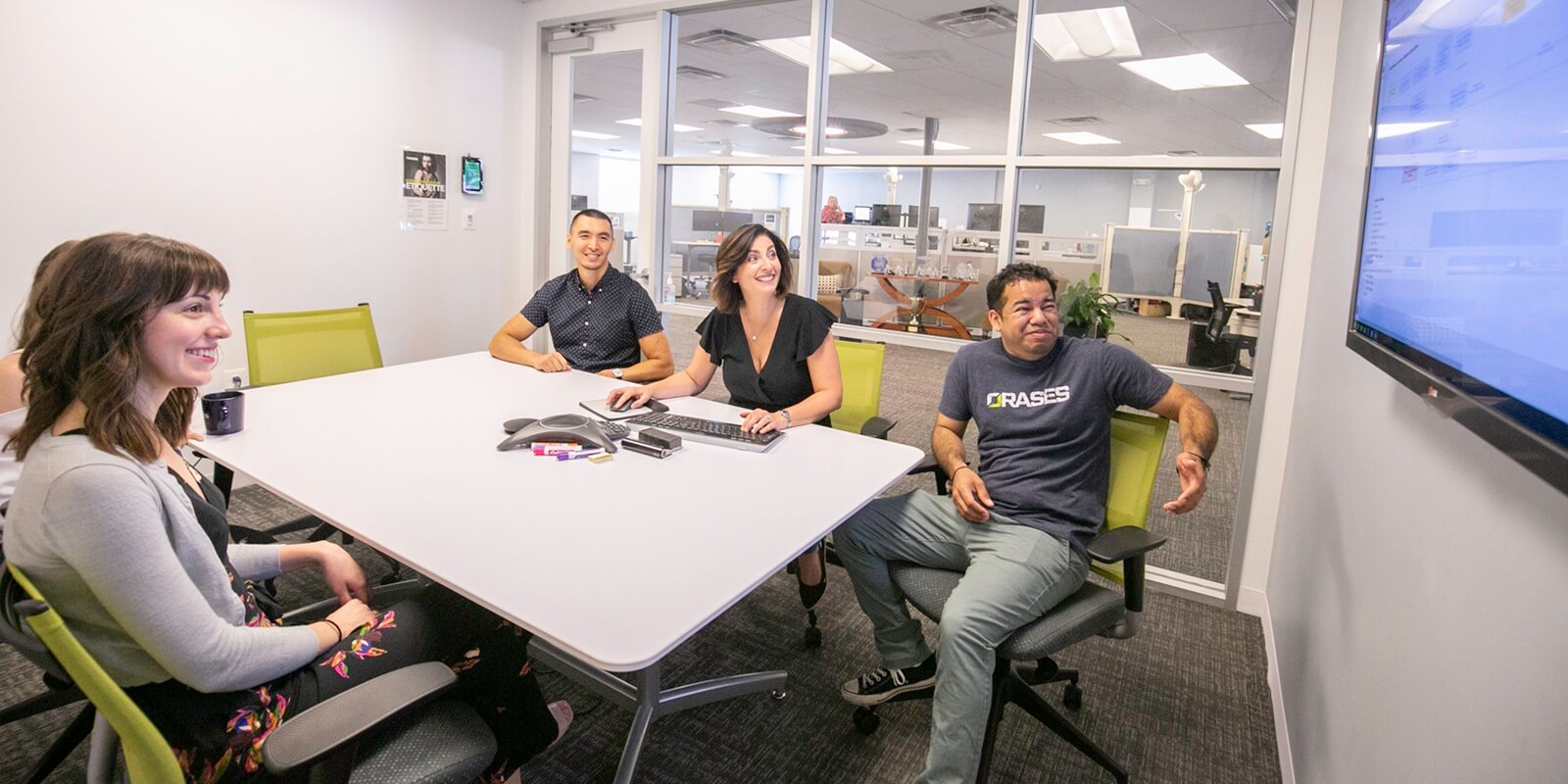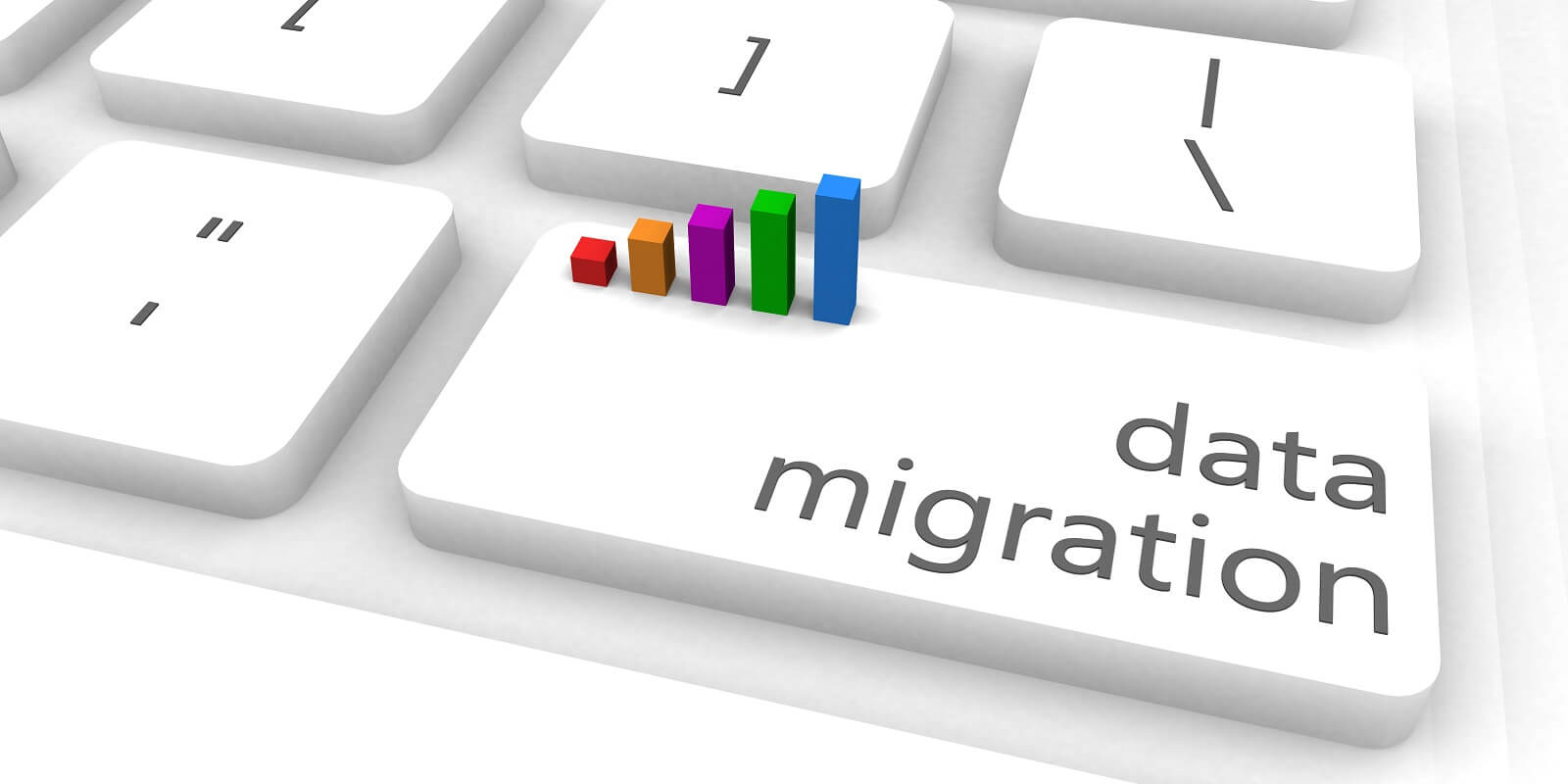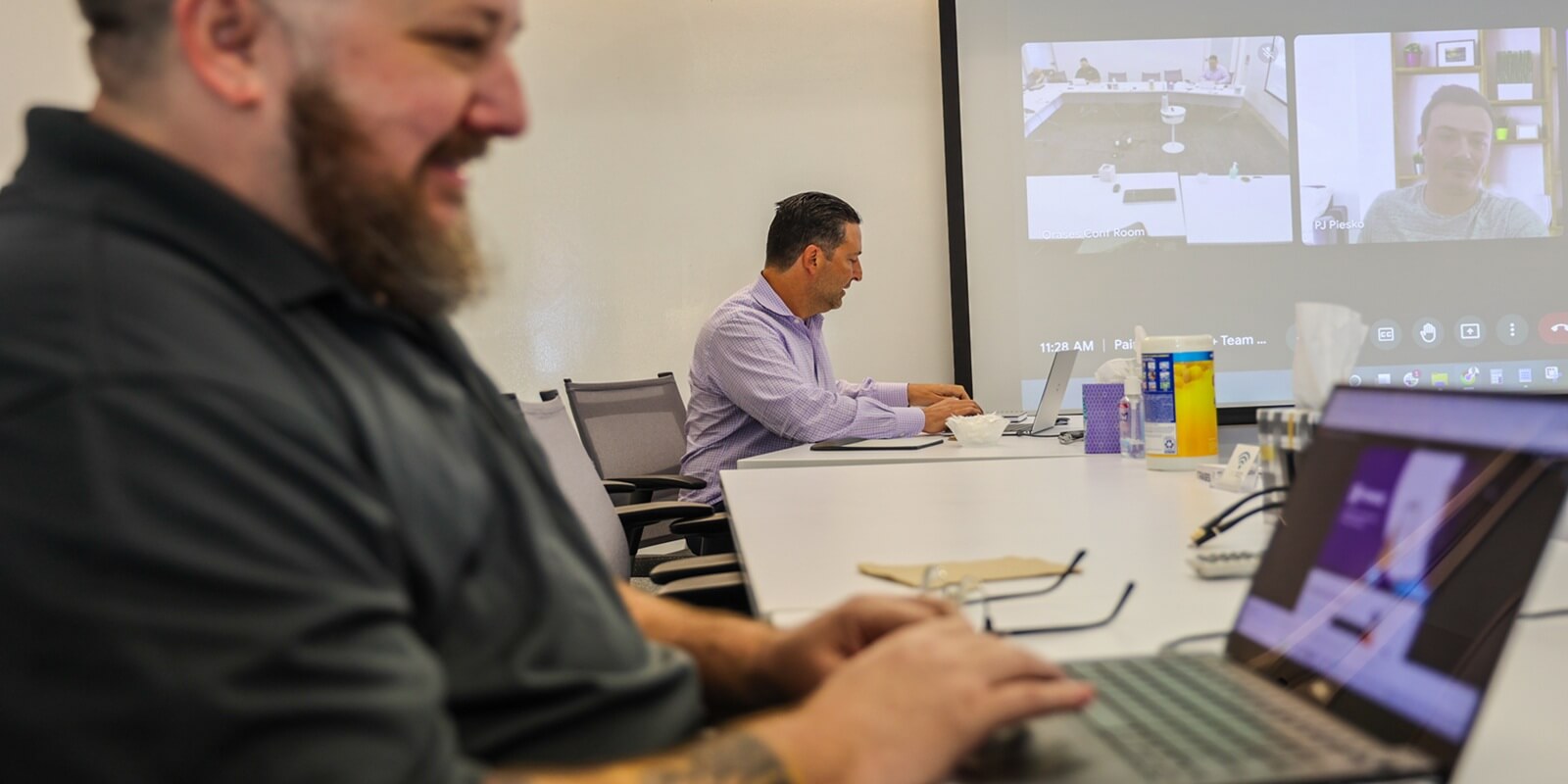Cloud Replatforming Roadmap: Your Easy-to-Follow Guide to Success
Discover a comprehensive guide to cloud replatforming with our step-by-step roadmap. From initial assessment to post-deployment, learn how to smoothly transition your on-premises applications to the cloud, enhance performance, and achieve scalability.
Are you considering moving your on-premises application to the cloud? If so, that’s a great move! It can bring a lot of benefits, like saving money and making your system more flexible. But to make sure everything goes smoothly, you’ll need a solid plan. This guide will take you through the replatforming process in a simple, easy-to-understand way, one step at a time. Let’s do this!
01
Chapter 01
Assessment and Planning
Who’s Involved?
Before you start, you will need to know who’s going to be affected by the move to the cloud. This could be business leaders, the IT team, and the people who use the software every day. Have some conversations about what they need and expect from this change.
Look at Your Current System
Take a close look at how your current system works. Make a list, flow chart, or diagram of how everything is connected and how data flows through the system. Understanding where things are working well—and where they aren’t—will help you make better decisions as you move forward.
Choosing the Right Cloud Platform
Picking the right cloud platform is a big first step. You’ll want to think about things like how easy it will be to grow, what it will cost, and whether it meets any regulatory requirements you have. Whether you choose AWS, Azure, Google Cloud, or another provider, make sure it aligns with your long-term business goals.

How to choose the ideal custom software partner for your business. We guide you through evaluating longevity, relationships, and expertise.
Understanding the Risks
Moving to the cloud has its challenges. Think about potential risks like downtime, losing data, or issues with integrations. Having a backup plan for these risks can be a lifesaver if something goes wrong.
02
Chapter 02
Strategy and Design
Planning Your Move
Decide how you want to move your application to the cloud. Do you want to lift and shift everything as it is, or do you want to make some changes to improve performance? Your plan should cover how you’ll move data, update integrations, and take advantage of new cloud features.

Designing the New Setup
Now it’s time to think about how your new system will look in the cloud. Make sure it’s designed to be scalable, secure, and able to recover quickly from any issues. Also, plan how you’ll move data from your old system to the new one.
Test the Waters
Before you move everything, start with a small pilot project. Choose one part of your application to move first. This will help you spot any problems early and make adjustments before you roll out the entire system. Don’t forget to start preparing training materials for your team and users.
03
Chapter 03
Preparation
Setting Up the New Environment
Get the new cloud environment ready by setting up development, testing, and production spaces. Make sure all the tools and services you need are in place before you begin the big move.
Training Your Team
Your development and operations teams need to feel confident using the new platform. Provide them with training and detailed documentation to help them get up to speed. This will make the transition smoother and reduce any disruptions.
Planning the Data Move
Moving data is one of the trickiest parts of replatforming. Create a clear plan for how you’ll move data, ensuring that it stays accurate and consistent throughout the process.
04
Chapter 04
Application Development
Once you’re prepared, it’s time to start developing.
Recode as Needed
You might need to tweak your application’s code to make it work well in the new cloud environment. This will help you fully benefit from the cloud’s features.
Update Integrations
As you develop, make sure any third-party systems your application relies on are still compatible with the new platform. This might mean updating APIs or other interfaces.
05
Chapter 05
Data Migration
This is the step where your project can either succeed or fail, so pay special attention.
Clean Up Your Data
Before you move anything, make sure your data is clean, accurate, and complete. This step helps you avoid transferring any errors or unnecessary data that could cause problems later.
Moving the Data
Carefully move your data to the cloud platform. After the move, double-check that everything has been transferred correctly.
06
Chapter 06
Testing
Testing is absolutely necessary to make sure everything works before you go live.
Check Data Integrity
Start by making sure all your data has moved correctly. Verify that it’s accurate, complete, and properly mapped in the new system.
Test Functionality
Run tests to ensure every feature of your application works as expected in the new cloud environment.
Check Performance
Test how well your application performs under different conditions. Use these tests to make any needed improvements.

Does integrating CPQ software into your organization’s workflows sound stressful? It shouldn’t! Reach out to Orases today to start your custom CPQ software project, stress-free.
Security Testing
Look for any security vulnerabilities and fix them before going live. This will help protect your data and application.
Get User Feedback
Involve your end-users in testing the application. Their feedback can help you spot issues you might have missed. Make changes based on their input to ensure the final product meets their needs.
07
Chapter 07
Deployment
This is the big moment; with testing complete, it’s time to go live.
Stage the Deployment
Start with a beta version of the application in a controlled environment. Monitor how it performs and fix any issues that come up.
Go Live Gradually
Once you’re confident the application is stable, start rolling it out fully. The goal is to make the transition as smooth as possible with minimal disruption to your users.
08
Chapter 08
Post-Deployment
Your work isn’t over yet. Ongoing monitoring and support are key.
Keep Monitoring
Keep an eye on the application’s performance, security, and stability. Be ready to provide support if any issues arise after deployment.
Optimize and Scale
Continue improving the application’s performance and get ready to scale as your user base grows.
Update Documentation and Training
Make sure all your documentation reflects the new system. Offer training to help users and support staff get comfortable with the changes.

Collect Feedback and Improve
Regularly gather feedback from all users and team members affected by the move to identify areas for improvement. Use this input to guide future updates.
09
Chapter 09
Review and Evaluation
Once the project is complete, take some time to reflect.
Review the Project
Go over what worked and what didn’t. Document any issues and solutions to improve your process for future projects.
Evaluate Performance
Compare how the application performs on the new platform versus the old one. Highlight any improvements and make a note of them.
Create a Report
Prepare a report for stakeholders that summarizes what was achieved, what challenges were faced, and any recommendations for the future.
10
Chapter 10
Celebrate and Eat Cake!
Don’t forget to celebrate! Moving your application to the cloud is a big achievement, and it’s important to recognize the hard work that went into it. Plan a celebration to thank everyone who contributed to the success of the project.
Moving an on-premises application to the cloud can be challenging, but by following this roadmap, you can make the journey smoother and more successful. This guide should help you navigate each phase with confidence, ensuring your project meets its goals and sets the stage for future growth. Happy replatforming!
Schedule 30-Minute Consultation With Orases Today
"*" indicates required fields

















